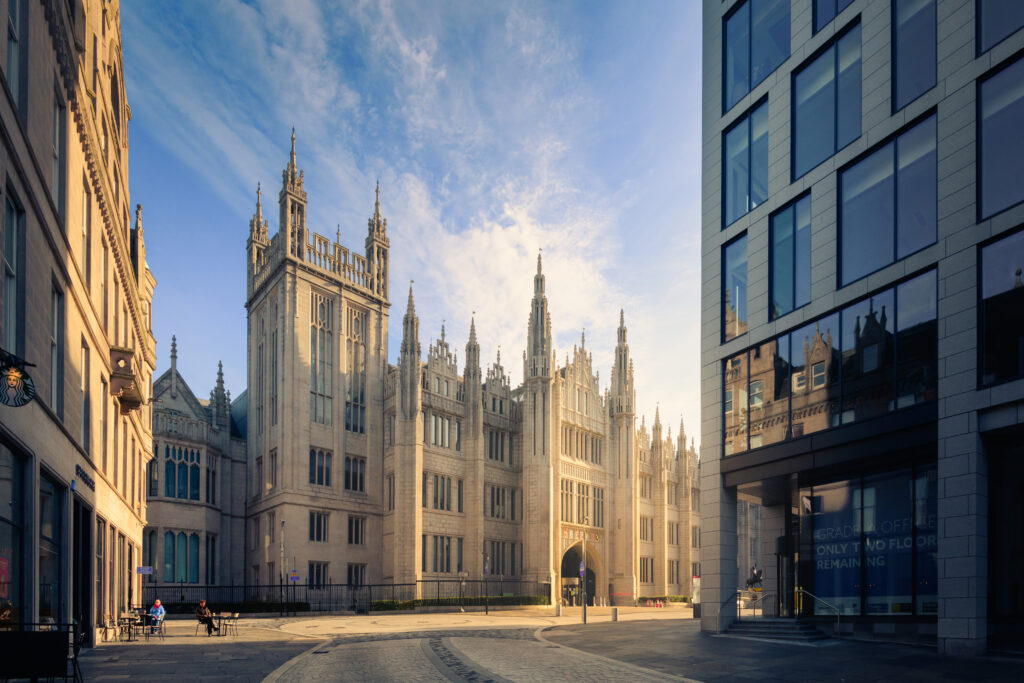We will organise a series of field trips, both before and after the conference. These vary in length and location – although all will be based in Scotland. Some will be over several days, UNLESS OTHERWISE STATED all field trips include transport, field-trip leader, accommodation and some catering.
Field trips are an optional element that you can choose at registration or you can go back and add to your registration at a later date. All field trips will have minimum and maximum numbers.
What to expect…
Most field trips will include walking over rough ground with maximum distances of up to 4 km. There may be some walking up hill. Most walks are on rough paths but some will be on rocky shorelines an care will be needed.
Bring waterproofs and layers as it can be hot, cold and/or wet in Scotland even during the summer.
Standard geology field gear such as boots with ankle support, rucksack, water bottle, and waterproofs will be required. Additionally you may want to consider packing midge repellent and a tick card/extractor.
More detailed information for each trip will be provided in advance.
Pre-Conference Field Trips

Torridonian
(FULLY BOOKED)
Four Days – 20 – 23 June 2024
This field trip provides an opportunity to examine the spectacular sedimentology of the Precambrian Torridonian succession in the even more spectacular scenery of western Scotland. Billion year old fluvial and lacustrine successions infill a valley network cut into the Lewisian gneiss basement and are superbly exposed in the Torridon area. The exposures provide an opportunity to discuss the development and interpretation of fluvial planform styles in the Precambrian and through geological time in general.
£500.00 per person
Led by Neil Davies and Will McMahon – University of Cambridge
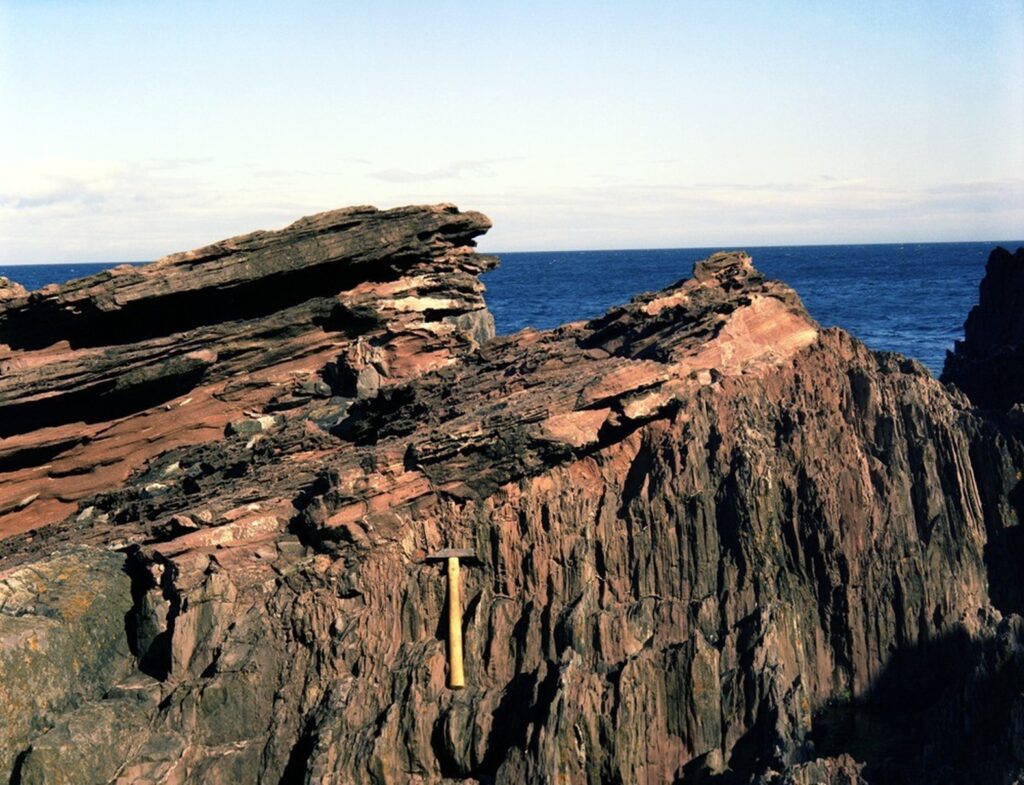
South East Scotland
(FULLY BOOKED)
Three days – 21 = 23 June 2024
From the recognition of unconformities at Siccar point in the 16th Century to recent discovery of the first dominantly terrestrial vertebrates; the Upper Devonian and Mississippian (Lower Carboniferous) strata of the Midland Valley of Scotland have had a pivotal impact our understanding of geology.
This field trip will take give the opportunity to go to some of these iconic locations and investigate the sedimentology.
£600.00 per person
Led by Tim Kearsey – BGS
Post-Conference Field Trips
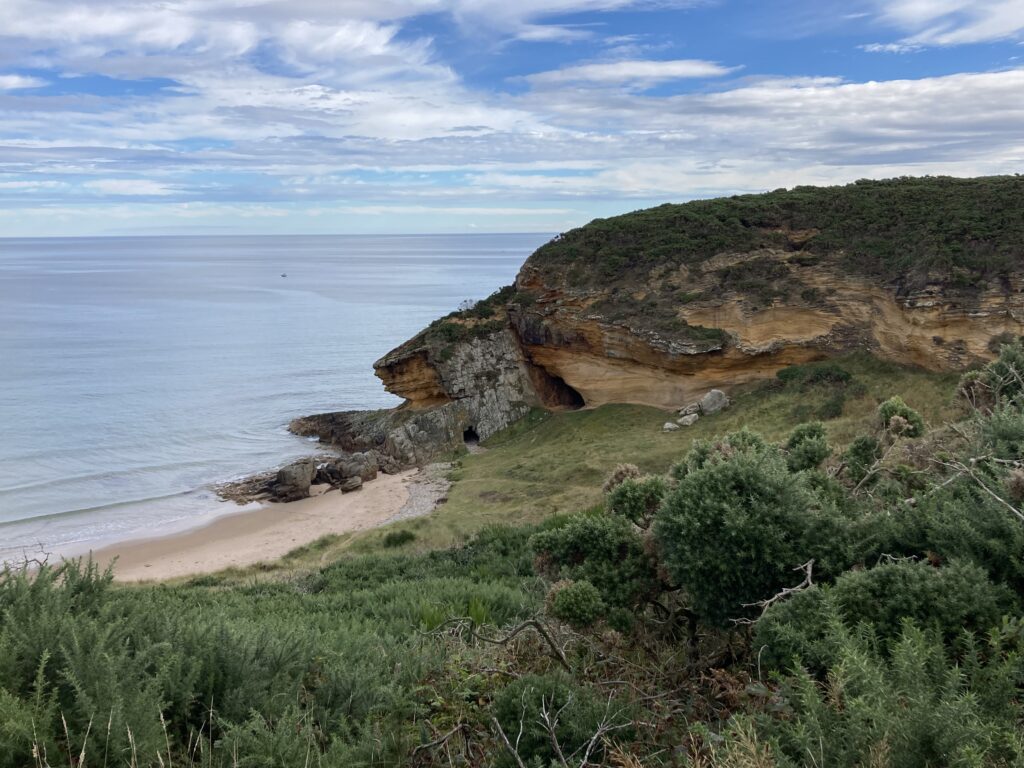
North Sea Stratigraphy and Structure (Moray Firth)
(FULLY BOOKED)
Four days – 28 June – 1 July 2024
This field excursion will examine the late Palaeozoic and Mesozoic, sedimentology, structure and stratigraphy exposed along the coastline of the Moray Firth basin. The Moray Firth Basin forms the western arm of the Mesozoic North Sea rift system and the coastal exposures provide a unique opportunity to examine the successions that provided the source, reservoir and seal components of the North Sea hydrocarbon systems as well as analogues for potential CO2 stores.
£725.00 per person
Led by John Underhill – University of Aberdeen and Ian Sharp – Equinor
Isle of Skye
(FULLY BOOKED)
Four days – 28 June – 1 July 2024
This field trip provides an opportunity to observe and discuss the stratigraphy and sedimentology of tidally influenced deltas and tidal sandsheets that were deposited in the NE Atlantic Seaway in the Middle Jurassic.
We will focus on key sections at the type site at Bearreraig Bay and Glasnakille on Skye, and Screapadal on Rassay.
The outcrops, on the far west coast of Scotland, are also uniquely placed to offer a window into the wider passive margin geology of the NE Atlantic.
£525.00 per person
Led by Ron Steel – UT Austin, Texas and Stuart Archer – Harbour Energy
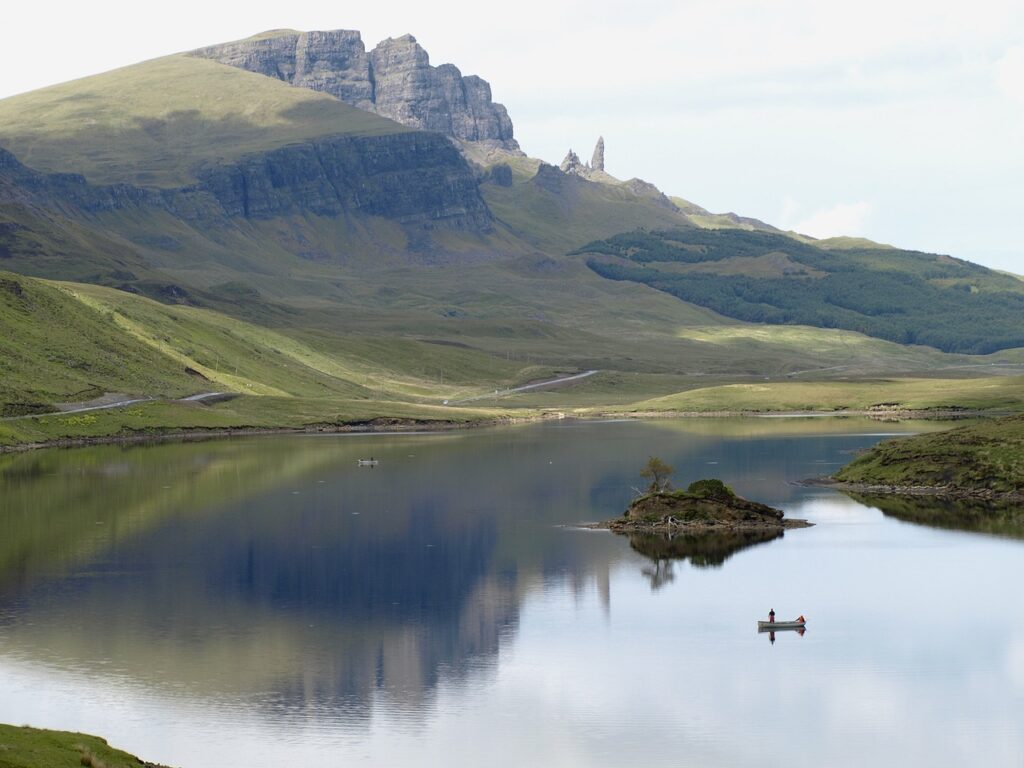
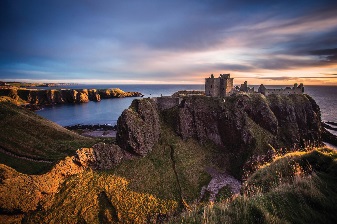
Midland Valley Old Red Sandstone
We now have limited places available
Two days – 29 and 30 June 2024
This field excursion will examine the late Silurian to late early Devonian continental succession (the Lower Old red Sandstone (LORS)) exposed south of the Highland Boundary Fault (HBF) on the coast between Stonehaven and Arbroath to the south of Aberdeen. The LORS comprises a thick (9 km) succession of sandstones and conglomerates. The Highland Boundary Fault, a major crustal scale structure that bounds the lowlands and highlands of Scotland is thought to have formed the northern fault bounded margin of the basin as part of a strike-slip or transitional basin setting. Recent work has indicated however, that this is incorrect and that the HBF was not active at the time of LORS deposition. Paleocurrent and facies analysis indicates that instead much of the succession was deposited in a foreland basin derived from a Caledonian mountain range to the east/northeast that has now been eroded and lies beneath the Mesozoic basin-fill of the Central North Sea.
£95.00 per person no accommodation included
Led by Adrian Hartley and Steve Adams – University of Aberdeen
Carboniferous Sediments of the Kingdom of Fife
We now have limited places available
Two days – 29 and 30 June 2024
This excursion will examine Carboniferous sediments across the Kingdom of Fife, south-east Scotland. These upward coarsening sediments record facies of limestones with coral reefs interbedded with mudstones, and palaeosols with rootlet beds and coal seams. These deltaic sediments are pierced by mafic volcanism and record deposition in an equatorial setting influenced by high-latitude Gondwana glaciation during the rifting of the Midland Valley. The units also host fantastic fossils from roots, tree stumps and fish teeth to an assortment of corals and even stromatolites. We will investigate stratigraphic sections at Pittenweem, Cellardyke and Ardross. Accommodation will be in the historic university town of St Andrews and we will visit picturesque fishing villages along the East Neuk of Fife’s beautiful coastline.
£435.00 per person
Led by Catherine Rose – University of St Andrews


Cryogenian Glacial Sedimentation, Garvellach Islands
(FULLY BOOKED)
Four Days – 29th June – 2 July 2024
This excursion will visit the Garvellachs, a chain of islands southwest of Oban on Scotland’s west coast, with two full days on the islands and three nights in a field centre on the nearby Isle of Lunga. The Garvellachs present extensive exposures of the Neoproterozoic Garbh Eileach and Port Askaig Formations, recording the onset and evolution of the Sturtian global glaciation. Although glaciations of this age have often been characterised as monolithic “Snowball Earth” events, the ~600 m thick succession on the Garvellachs provides clear evidence of multiple glacial advance-retreat cycles, including tillites, glacitectonites, glaciomarine rain-out deposits, periglacial features, and non-glacial intervals. This is also a world-class location for understanding the origins of associated dolomites including at the transitional base to Cryogenian glaciation. Over the last decade, the Garvellachs have been the subject of a major multidisciplinary study led by Tony Spencer, and the excursion leaders will offer detailed insights into the best the islands have to offer. The excursion involves landings on rocky shorelines.
£475.00 per person
Led by Doug Benn – University of St. Andrews & Ian Fairchild – University of Birmingham
Geology of the pubs (and other places) of Aberdeen
Flexible
A self-guided tour of the city
